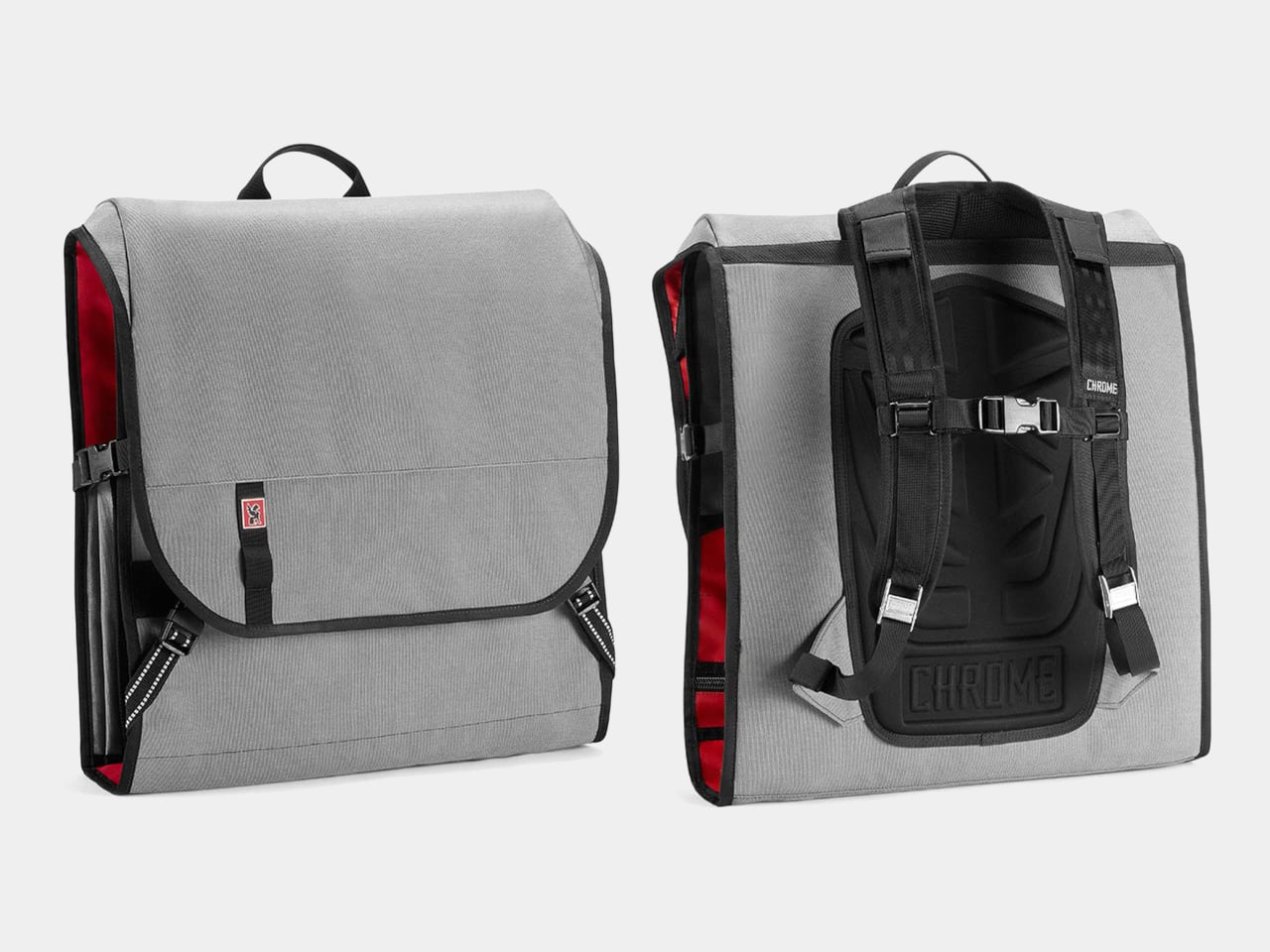
It’s pretty amazing how much stuff we can cram into our backpacks, from laptops to 2-liter water bottles to a bundle of chargers and cables. Of course, these are objects that were designed to be small enough to fit in bags in the first place, so that’s not exactly out of the ordinary. Unfortunately, we sometimes need to carry things larger than the largest backpacks in the market.
This bag might be designed for bicycle racing, but it can definitely do more than just carry spare wheels for an emergency. Its literally open design actually offers a bit more wiggle room that will let you carry large or odd-shaped items without breaking a sweat. Unless, of course, they’re actually too heavy to carry on your back.
Designer: Fernando A. Robert

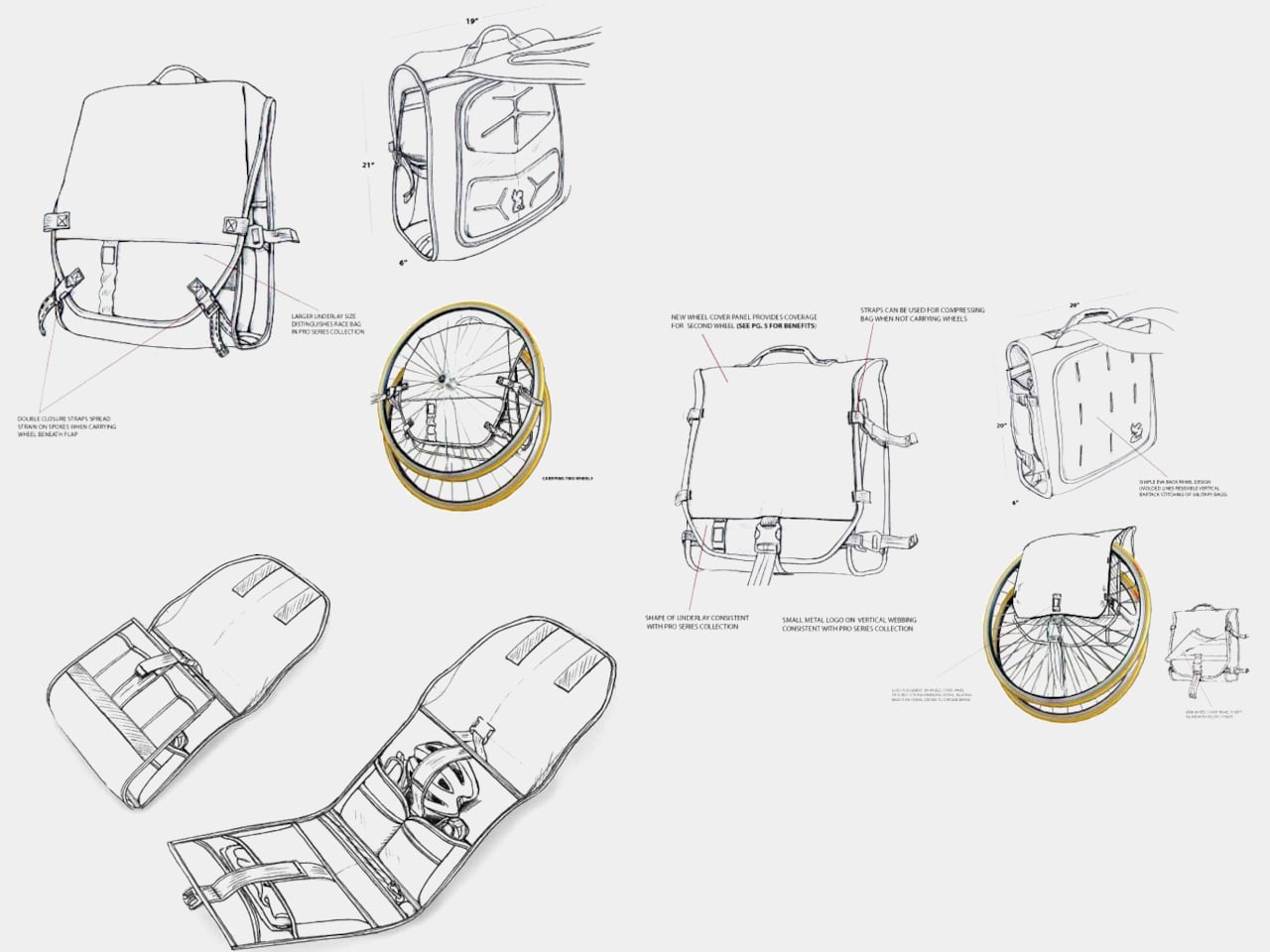
We often think of bags as enclosed containers with a single opening, but there really isn’t a formal definition of a bag’s design. This “Bike Backpack” might look like a regular backpack from the front, but its open sides definitely break the stereotype. Then again, the idea of carrying a bicycle wheel or a large box is itself already unconventional.

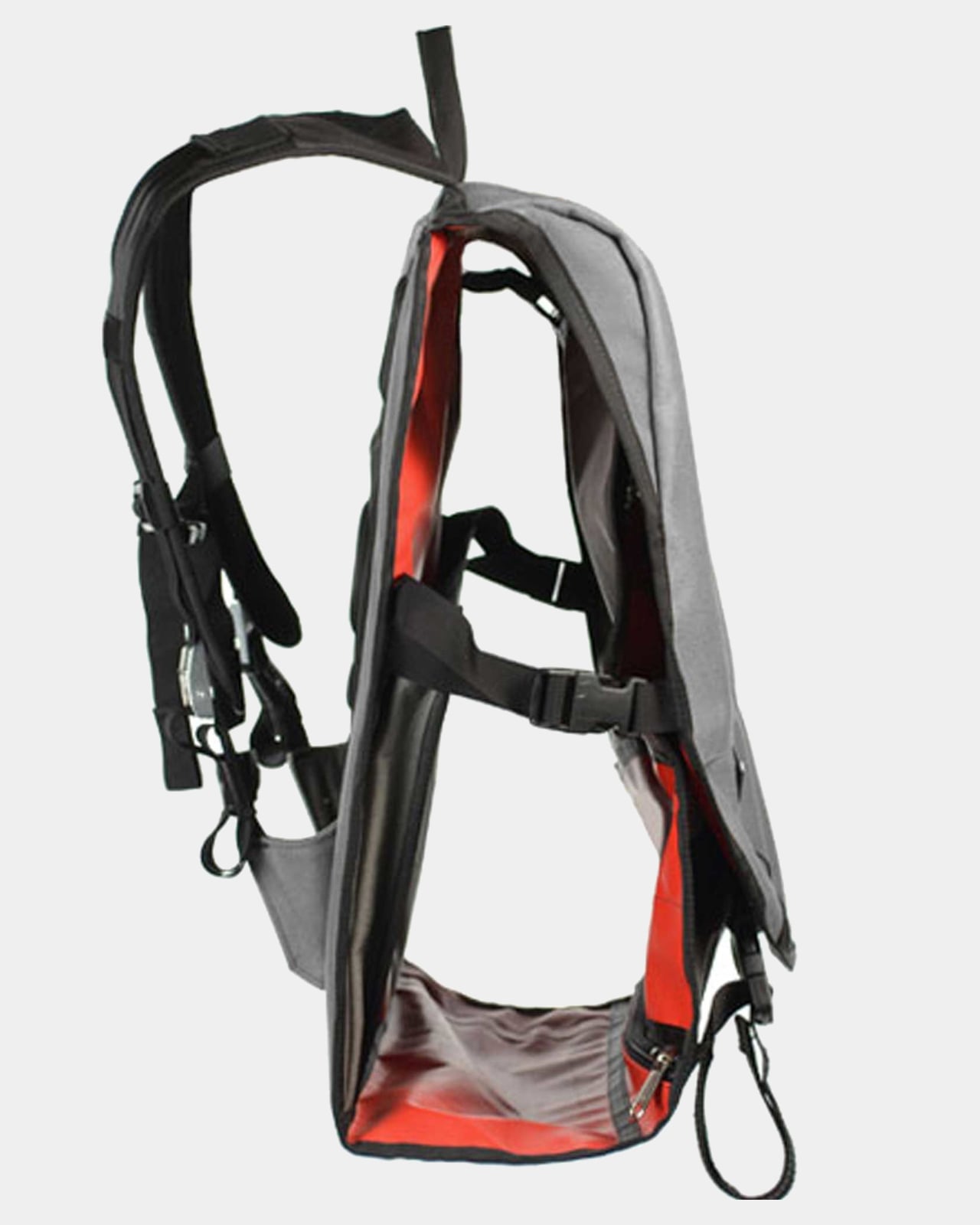
The Sherman Bike Backpack has a tri-fold design that opens vertically like a flap. The idea is that you stuff things that are too large or too wide for regular bags in between the flaps, letting the sides extend beyond the bag’s confines. Alternatively, you can also hang something outside and secure it with straps.
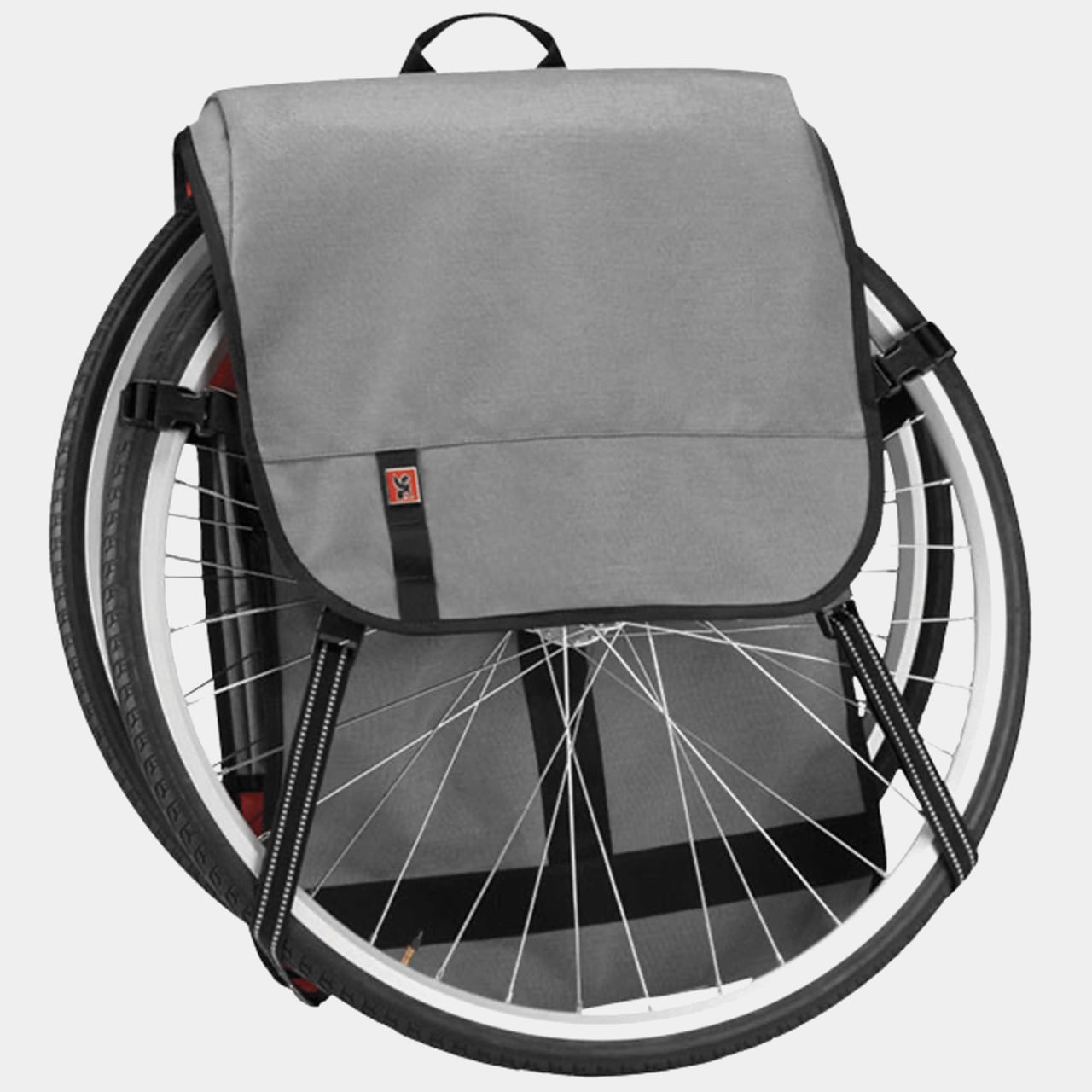
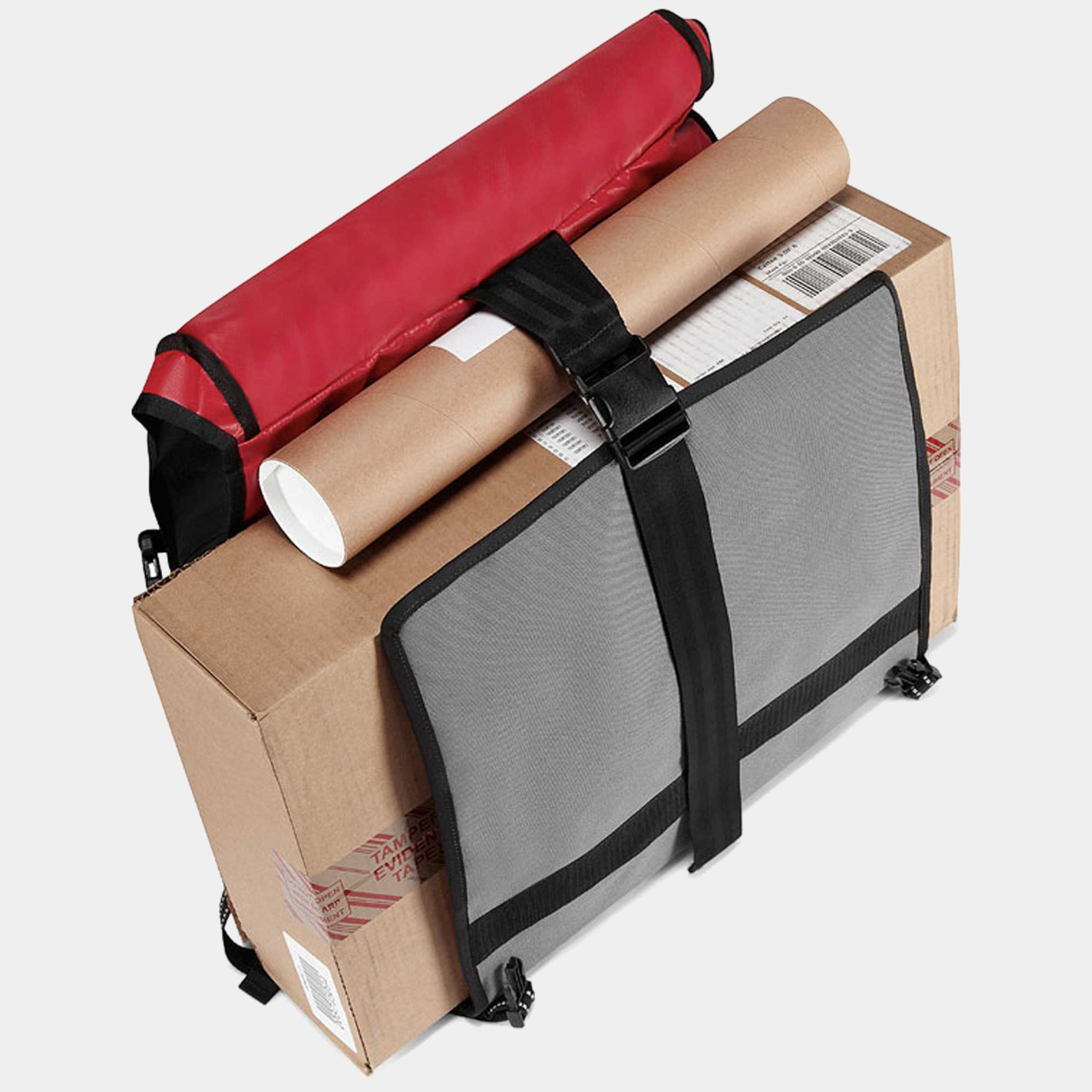
This is how you can carry one or two bicycle wheels that are thin and light enough to put on your back while cycling or racing. Of course, boxes, drawing boards, blueprint tubes, and other large objects are also fair game, as long as you secure them properly with straps. It definitely makes for an odd sight, but your comfort and convenience definitely outweigh any awkwardness.
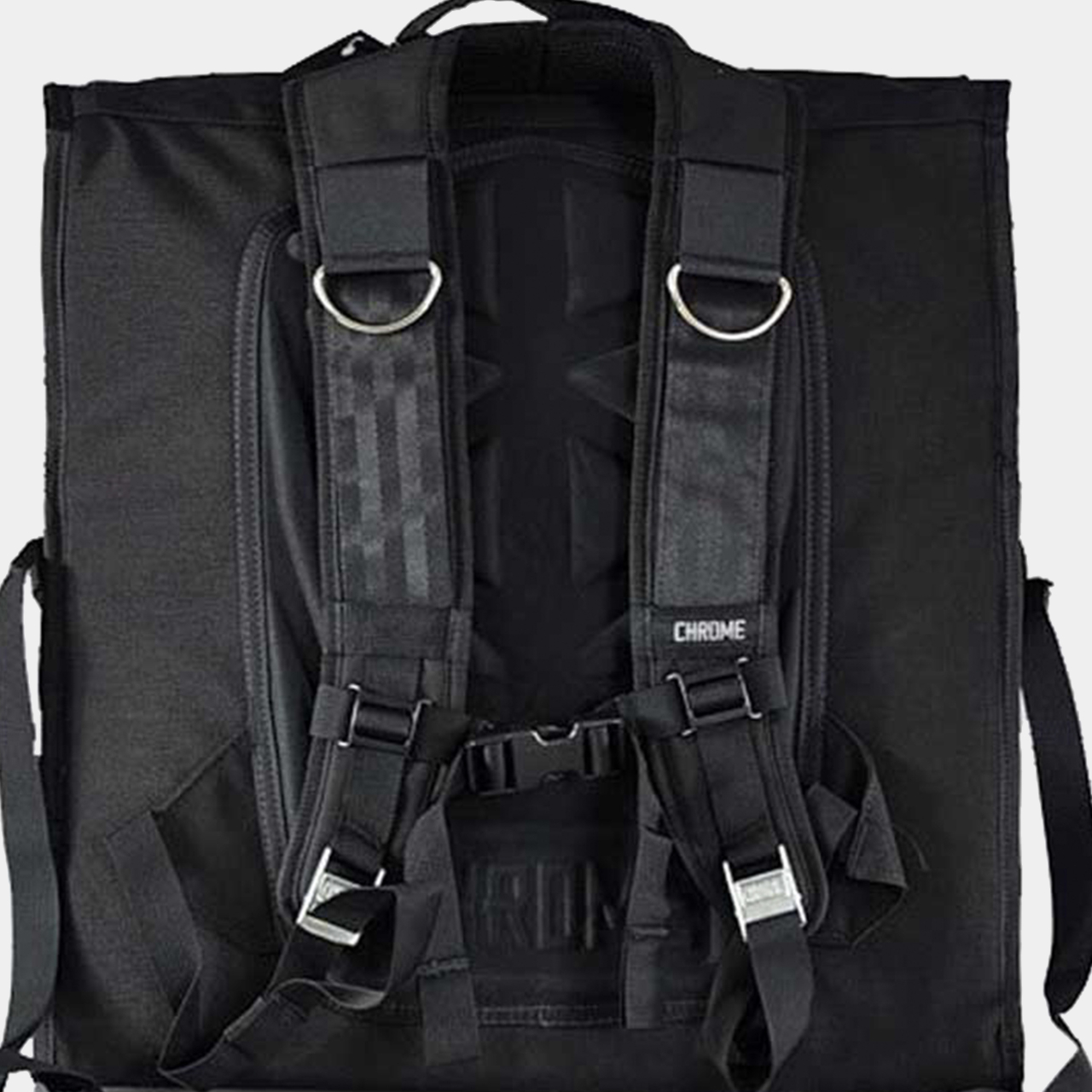

The backpack also has compartments for carrying regular stuff, and you might be able to use it for carrying laptops, tools, or even clothes. That said, it isn’t the ideal backpack for all weather conditions, since the open sides make it very vulnerable to water, snow, and even dust.
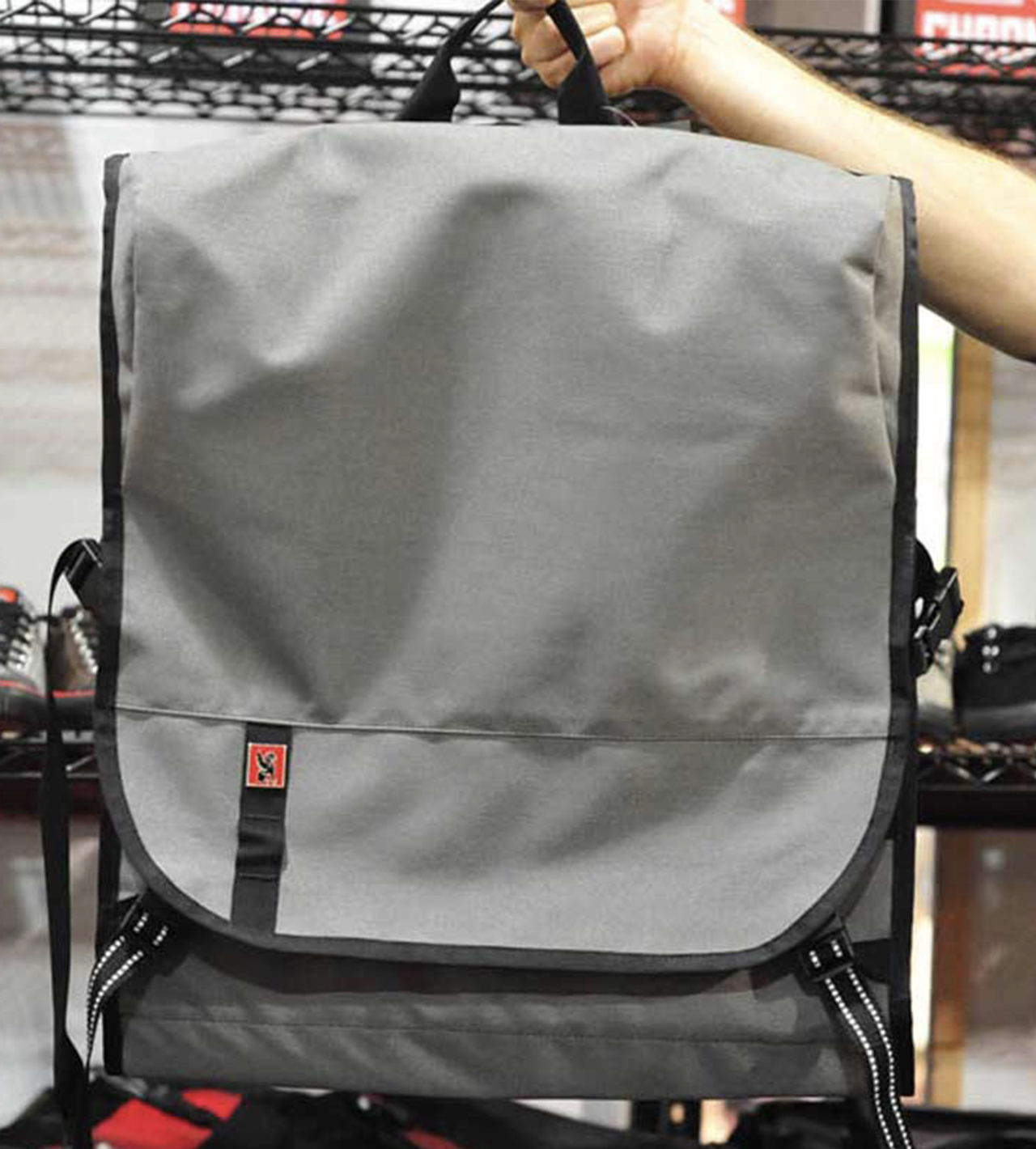
The post Odd backpack is designed for carrying spare bicycle tires and large objects first appeared on Yanko Design.